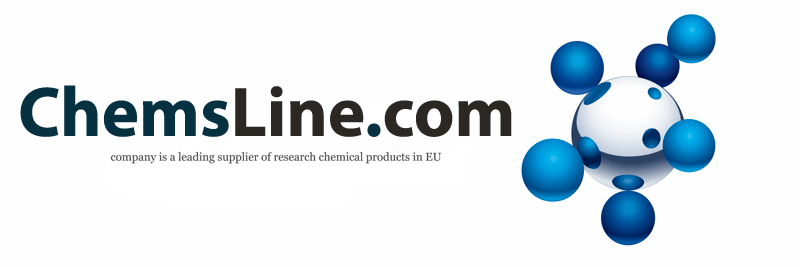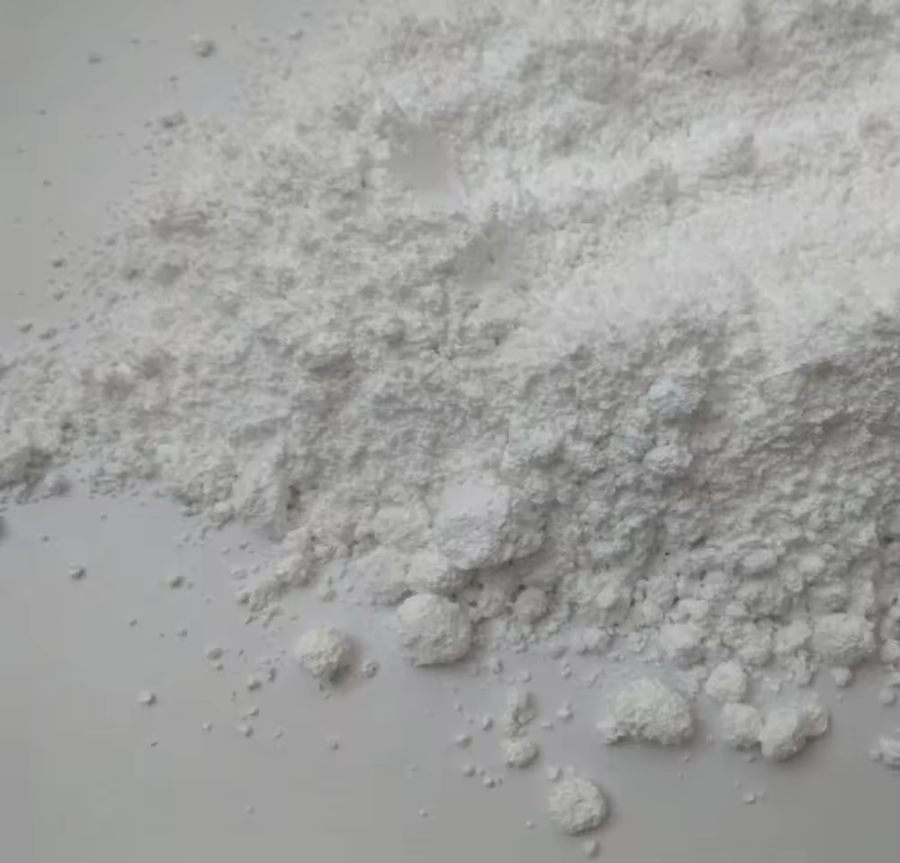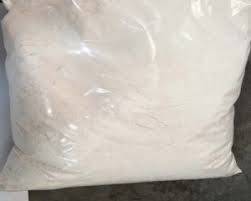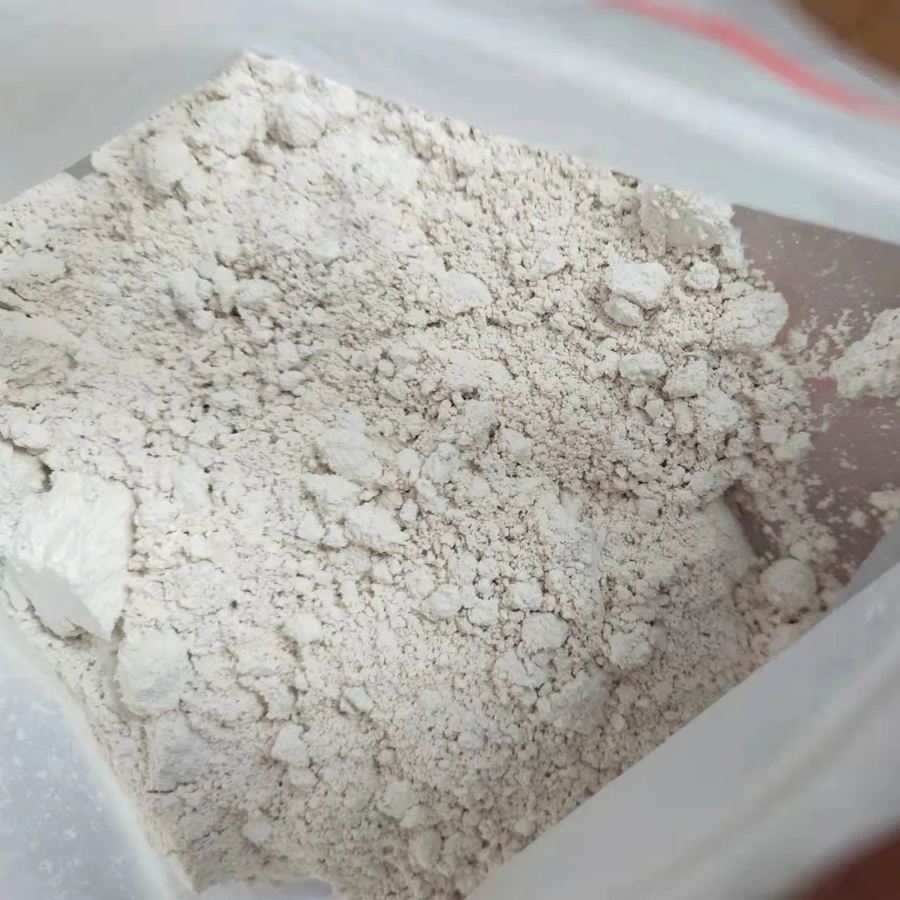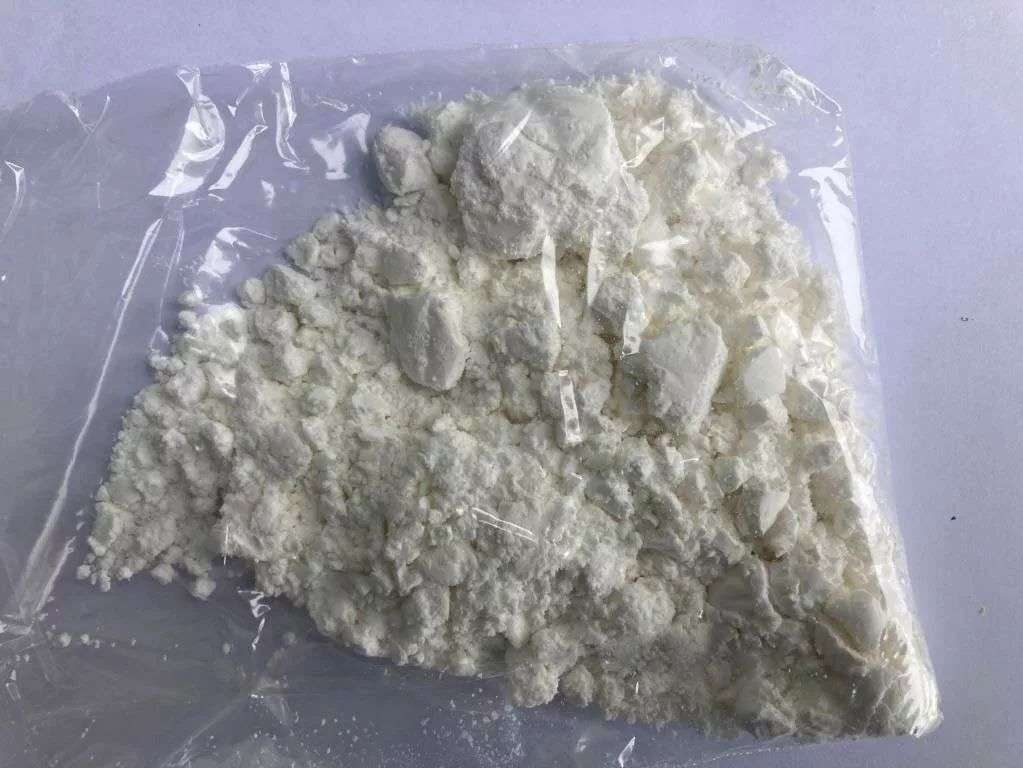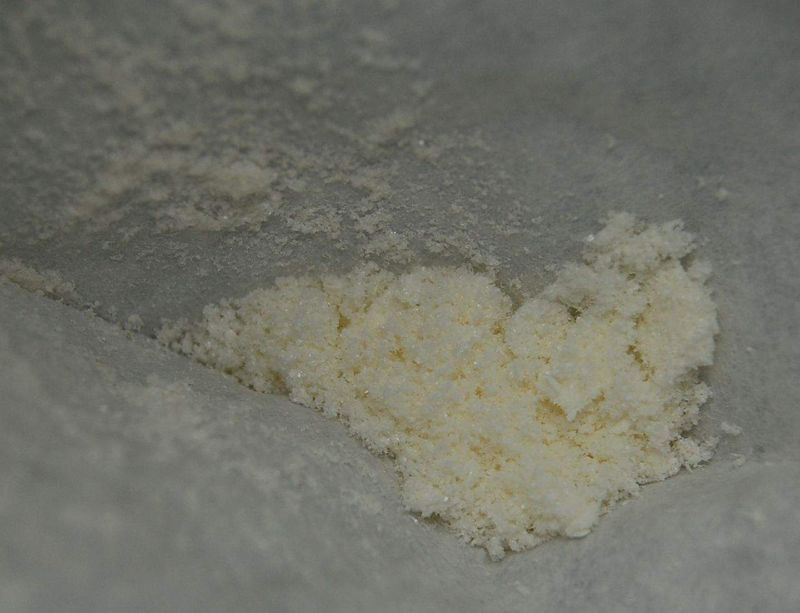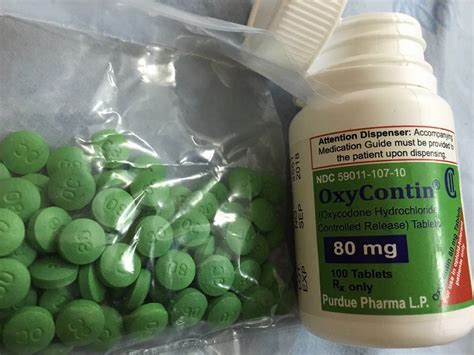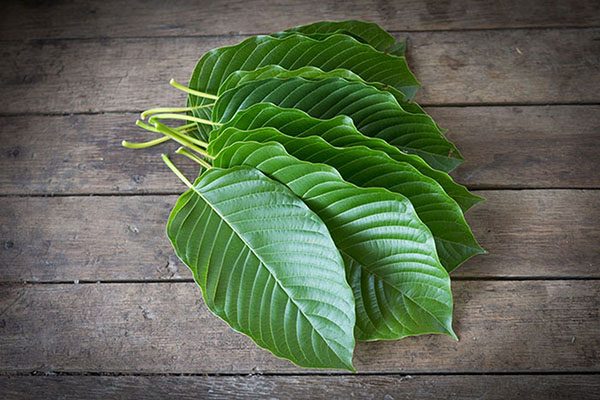Dimethyltryptamine belongs to the group of alkaloids, is a psychoactive substance of the tryptamine class. It is produced from entheogenic plants, such as sage, which have been used by the people since ancient times to expand consciousness. In this concept, the aborigines of Mexico and South America, where the largest number of entheogens grows, include visions that visit residents who use psychogenic drugs. Hallucinations can be visual, imaginative, auditory. They immerse a person in an unreal world with spatial and temporal anomalies and atypical experiences. Medicines based on this substance are used by sorcerers and shamans during trance and kamlaniya.
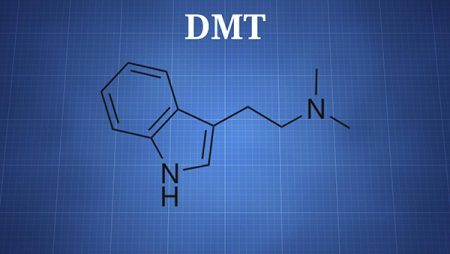
Dimethyltryptamine (DMT) and its chemical formula
Other names of the drug are DMT, N,N-dimethyltryptamine. Structurally, it is similar to serotonin, which belongs to a number of important brain neurotransmitters. The composition is expressed by the chemical formula (C12H16N2). Plant raw materials for the production of dimethyltryptamine are Mimosa tenuiflora, Psychotria green, chaliponga (Diplopterys cabrerana), Virol tree, Anadenanthera tree. Some animals also secrete this substance with a normal metabolism.
The Ayahuasca drink is considered a ready-to-use mystical remedy. In it, the main active psychogen is DMT. N,N-dimethyltryptamine in its pure form is a powder having small needle-like crystals of yellowish, reddish, transparent or white color.
The history of the appearance of the substance
DMT was first synthesized in England in 1831 by the chemist R. Miansky. Then chemists in Brazil obtained it from mimosa roots and gave it the name Nigerin. The developer of the drug was Gonsalves deLima (1946). In the 50s of the last century, Hungarian Stefan Zara investigated the psychotropic properties of dimethyltryptamine. In 1990-95, Rick Strassman tested the tool on volunteers who plunged into the extraterrestrial world and communicated in their illusions with the creatures inhabiting it – elves and other fairy-tale characters.
Rick Strasman is a specialist in the field of medicine, he studied the effect of this substance on humans and wrote the book “DMT: The Spirit Molecule”. Already by name it is obvious that the drug changes the spiritual perception of the world and affects the psyche.
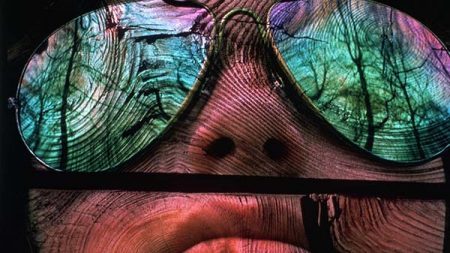
Medical use
Currently, scientists have concluded that DMT is produced by the epiphysis of the brain in the person himself naturally. Now they are trying to support this assumption with experiments that should explain the presence of dimethyltryptamine in healthy people. The difficulty is that the correct result of the study is possible only when studying biological samples from a living human brain.
Endogenous DMT serves as a psychoagent of a person’s entry into a hallucinogenic state or waking sleep, therefore its use in medicine has a specialized character. It is not available for sale, it is impossible for a simple person to buy it. But the illegal trade is flourishing, there are many people who want to constantly experience DMT trip, and they find where to get the drug.
Signs of use
It is possible to determine a drug addict under the influence of intoxication by a characteristic symptomatic picture:
- his heartbeat increases and there is a rapid pulse;
- blood pressure indicators are increasing;
- pupils dilate;
- my hands are shaking;
- the skin is dry.
The onset of the trip is accompanied by hallucinations, an illusory but strong feeling of happiness, overexcitation, loss of control over the movements of your body and behavior. Some people think that they have lost their mind, this puts them in a fear and panic state. Against the background of repeated use, depression, apathy and psychosis develop.
